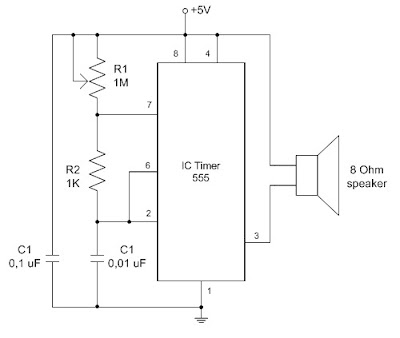
- #ANDROID TONEGENERATOR BACKGROUND HOW TO#
- #ANDROID TONEGENERATOR BACKGROUND APK#
- #ANDROID TONEGENERATOR BACKGROUND INSTALL#
- #ANDROID TONEGENERATOR BACKGROUND ANDROID#
#ANDROID TONEGENERATOR BACKGROUND APK#
With ACTION_INSTALL_PACKAGE, we provided a Uri that pointed to the APK to install. createSession() does not give us the Session object, though - we get an Int identifier instead, and we need to call openSession() to get the actual Session.
#ANDROID TONEGENERATOR BACKGROUND INSTALL#
Most of the time, you will use MODE_FULL_INSTALL as the type of session that we want, to install an app from scratch - there is also a MODE_INHERIT_EXISTING to add new split APKs to an already-installed app. To create a session, we call createSession() on PackageManager, providing a PackageInstaller.SessionParams object as a parameter. Then, we create and open a PackageInstaller.Session. This is a normal permission, so you do not need to request it at runtime - just have the element in the manifest:ĪppInstaller/src/main/java/com/commonsware/q/appinstaller/MainMotor.kt)įirst, we get an InputStream on the content identified by the Uri and use DocumentFile to find out the length of that content. Not surprisingly, you need it for PackageInstaller as well.
#ANDROID TONEGENERATOR BACKGROUND ANDROID#
PermissionsĪndroid 6.0 debuted the REQUEST_INSTALL_PACKAGES permission, and Android 8.0 started enforcing it for apps using ACTION_INSTALL_PACKAGE. If you select an APK, the app then uses PackageInstaller to install that APK, with a bit of an assist from you as the user. Clicking that will open the standard ACTION_OPEN_DOCUMENT content picker UI, for you to find an APK to install. The AppInstaller sample module in the book’s sample project has a stub activity with an “open” action bar item. However, while PackageInstaller has a pair of uninstall() methods, these cannot be used by ordinary apps. Note that ACTION_UNINSTALL_PACKAGE was also deprecated in Android 10.
#ANDROID TONEGENERATOR BACKGROUND HOW TO#
So, in this chapter, we will examine how to use PackageInstaller to install a simple APK, for a functional equivalent to the deprecated ACTION_INSTALL_PACKAGE. As a result, it has a convoluted API, to go along with the typical skimpy documentation. PackageInstaller is designed for more complex scenarios, including dealing with split APKs, where a single app might require more than one APK to completely install. While not specifically deprecated, one imagines that ACTION_VIEW is also frowned upon for installing apps. However, ACTION_INSTALL_PACKAGE was deprecated in API Level 29, with a request that we use PackageInstaller instead. A PackageInstaller class was added in Android 5.0, but it seemed complicated, so a lot of developers stuck with the earlier Intent-based solutions. This process evolved over the years, such as adding ACTION_INSTALL_PACKAGE in Android 4.0 and adding content Uri support in Android 7.0. Pass that to startActivity(), and Android would take over from there. The ToneGenerator API provides means to set the envelope and waveform.In the beginning, to install an APK, you would use an ACTION_VIEW Intent, with a file Uri pointing to the APK. ISDN Call Signal Intergroup tone: repeat 16 times,ĬDMA_NETWORK_BUSY_ONE_SHOT tone: 425Hz 500ms ON, 500ms OFF.ĬDMA USA Ringback: 440Hz+480Hz 2s ON, 4000 OFF. NOTE: The latest version may not be available for all platforms. The Android 21 AudioTrack API provides a call to control the volume, allowing to support a sound envelope that is not encoded int the data. Android Only instantiate ToneGenerator if necessary. Not only will it sound good, but it will act as a resonating deepener. Without being able to fade the sound in and out, there may be audible artifacts at the beginning and end of the tone. iOS users: If you have updated to iOS 13, but have not updated the White Noise Lite App to version. All Tones together sounds like the harmonics of church bells without the attacks.

Important: After you try each recommended solution, check to find whether it fixed your issue. White Noise 5.x required either iOS 5 or Android 2.3. Make sure that your screen isnt cracked, chipped, or damaged. Portions of this page are modifications based on work created and shared by the Android Open Source Project and used according to terms described in the Creative Commons 2.5 Attribution License.


 0 kommentar(er)
0 kommentar(er)
